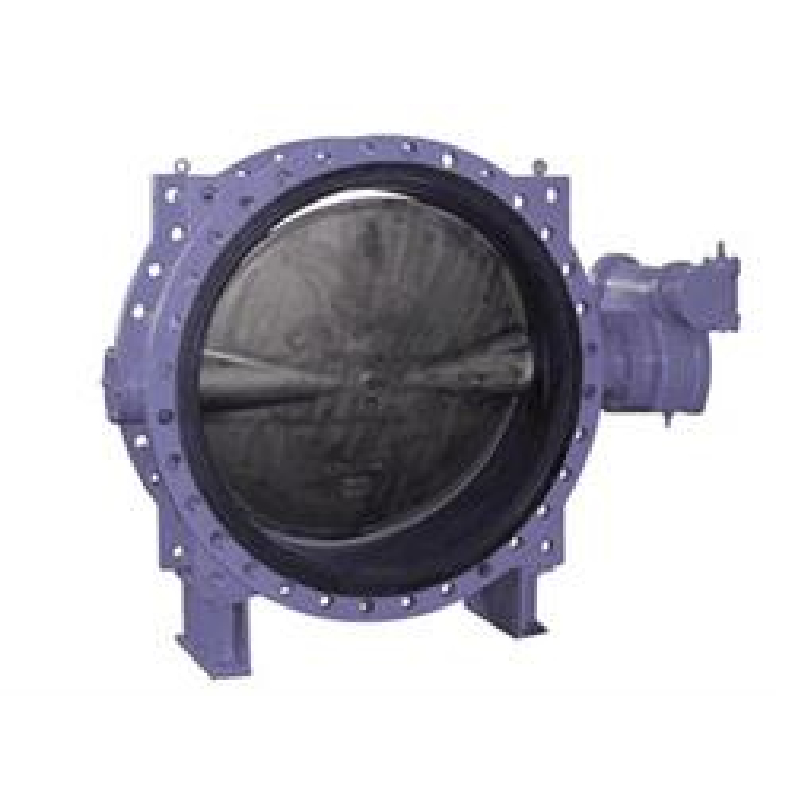Desemba . 31, 2024 11:41 Back to list
Foot Valve with Integrated Strainer for Enhanced Fluid Filtration System
Understanding Foot Valves with Strainers A Vital Component in Fluid Systems
Foot valves with strainers play a critical role in various fluid systems, particularly in applications involving water supply, irrigation, and wastewater management. These valves are designed to ensure that fluids can enter a pipeline or pump while preventing unwanted debris from causing obstructions or damage. Understanding the function, importance, installation, and maintenance of foot valves with strainers can help ensure the efficiency and longevity of fluid systems.
What Is a Foot Valve?
A foot valve is a type of check valve located at the lower end of a pipeline—often submerged in a water source. Its primary purpose is to maintain the prime in a suction line, preventing the backflow of water when the pump is not operating. Foot valves are essential in applications such as irrigation systems, sump pumps, and any scenario where fluid needs to be drawn from a source below the level of the pump.
The Role of Strainers
Foot valves are commonly equipped with strainers. A strainer is a device designed to filter out larger particles or debris from the fluid before it enters the pump or pipeline. By preventing the ingress of solid materials, strainers help protect pumps and other equipment from wear and damage, ensuring their efficient operation.
How Do Foot Valves with Strainers Work?
When a foot valve with a strainer is submerged in water, the diaphragm or ball inside the valve remains closed due to the weight of the fluid above it. When the pump is activated, the pressure in the suction line decreases, causing the foot valve to open and allow water to flow into the pipeline. As water enters, the strainer filters out any debris, ensuring that only clean fluid reaches the pump.
The design of strainers can vary, but they generally feature mesh or perforated elements that trap particles while allowing water to flow freely. Strainers can be categorized based on their filtration size and the materials used in their construction, which can include stainless steel, plastic, or bronze.
Importance of Foot Valves with Strainers
1. Protection Against Damage The most significant advantage of incorporating a strainer into a foot valve is that it protects the pump and other downstream equipment from clogging and wear caused by debris.
2. Increased Efficiency Clean inputs ensure that pumps operate more efficiently, reducing wear and tear and prolonging equipment life. An obstruction-free system can also lead to reduced energy costs.
3. Maintenance Reductions By minimizing the potential for clogs and equipment failure, foot valves with strainers can lead to lower maintenance frequency and costs. This efficiency saves time and expenses in the long run.
foot valve with strainer

4. Improved Water Quality In applications where clean water is vital—such as irrigation or potable water supply—strainers contribute to better overall water quality by filtering out harmful contaminants.
Installation Considerations
When installing a foot valve with a strainer, several factors must be considered
- Location The valve should be installed in a location that ensures adequate access for maintenance and inspection. Typically, it should be submerged at a depth that avoids debris accumulation. - Orientation The valve must be fitted correctly, ensuring that the strainer faces the incoming fluid flow to function effectively.
- Size and Compatibility Selecting the appropriate size of the valve and strainer for the specific application is crucial. A mismatch can lead to inefficiencies and potential failure.
Maintenance Best Practices
Regular maintenance of foot valves with strainers is essential for optimal performance
- Inspection Periodically inspect the strainer for debris buildup. Depending on the application, cleaning may be required every few months or after significant rainfall or debris flow.
- Cleaning Detach the strainer carefully and clean it using solvent or high-pressure water to remove accumulated debris without damaging the filter mesh.
- Replacement If the strainer shows signs of excessive wear or damage, timely replacement is necessary to maintain system integrity.
Conclusion
Foot valves with strainers are integral to ensuring the efficient operation of fluid systems, providing protection against debris, enhancing pump performance, and maintaining water quality. Understanding their function, installation requirements, and maintenance best practices enables users to maximize the benefits of these essential components. In a world where efficient fluid management is crucial, investing in quality foot valves with strainers can lead to improved system reliability and longevity.
Share